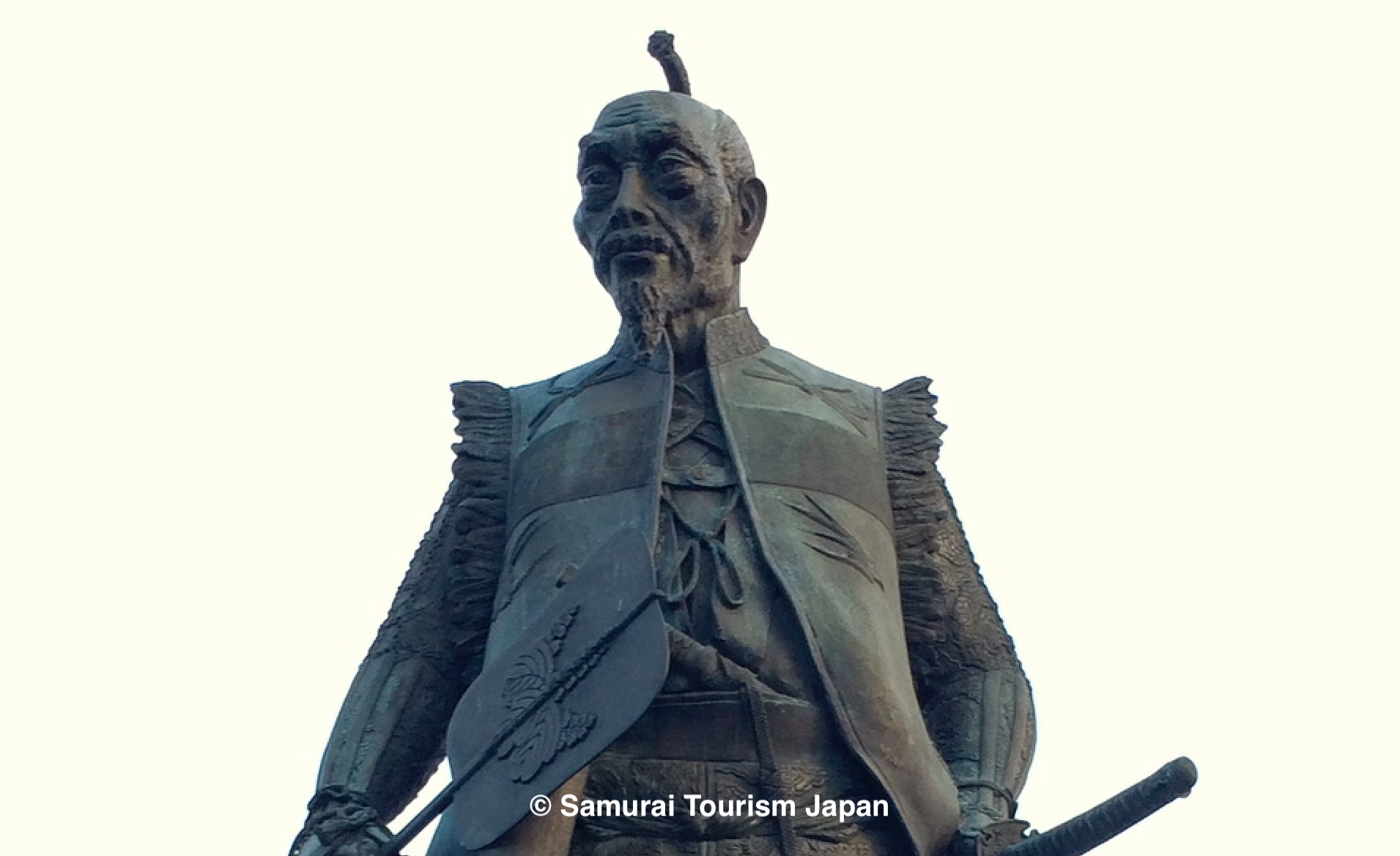Stories
Toyotomi Hideyoshi : The Rags to Riches Rise of Japan’s Great Unifier

The Rags to Riches Rise of Japan’s Great Unifier
Toyotomi Hideyoshi, one of the most extraordinary figures in Japanese history, rose from humble beginnings to become the preeminent daimyo and unifier of Japan in the late 16th century. His life and legacy offer a fascinating study in ambition, military strategy, and political cunning. Hideyoshi’s life story exemplifies the possibilities of social mobility and the complexities of leadership during Japan’s Sengoku period.
Unlike most samurai leaders of his time, Hideyoshi did not come from a warrior lineage. Hideyoshi was born in 1537 in modern day Nagoya City to a low-ranking peasant family, and this background makes his ascent to power even more remarkable.
In his youth, Hideyoshi left his village to seek fortune and opportunity. He initially served under various masters, eventually joining the ranks of Oda Nobunaga, a rising daimyo known for his ambition and military prowess. Hideyoshi’s intelligence, resourcefulness, and unyielding dedication quickly earned him Nobunaga’s favor, leading to rapid promotions within the Oda clan.
Hideyoshi’s military career is marked by several brilliant campaigns that showcased his strategic genius. Throughout the first 13 of 20 major battles and sieges serving the Oda, he continued to distinguish himself militarily and politically, proving his capability as a military leader.
The pivotal moment in Hideyoshi’s career came on the assassination of Oda Nobunaga by his trusted general, Akechi Mitsuhide in 1582, while Hideyoshi was laying siege to Takamatsu Castle. He had ingeniously diverted a river to flood the low-lying castle in the hopes of bringing about Takamatsu’s downfall while preventing his men from having to take military action when news came of Nobunaga’s demise. Keeping the news secret, he contacted lord Shimizu of Takamatsu, telling him peace could be easily achieved, and the lives of the garrison saved with his committing seppuku. To save his men, Shimizu did so. Hideyoshi then organized for his 30,000 troops to disengage, and relocate 200 km to Kyoto within a week, where he engaged and destroyed the traitor Akechi Mitsuhide and his troops in revenge for their betrayal. Having avenged Nobunaga’s death, Hideyoshi began to consolidate and usurp Nobunaga’s power.
Unification of Japan
With Nobunaga’s territories under his control, Hideyoshi continued the campaign to unify Japan. Combining military might with diplomatic acumen, Hideyoshi persuaded many rival daimyo to submit to his rule through a combination of threats and rewards, while strategically deploying his armies to subdue those who resisted.
After the successful 1590 Siege of Odawara, which brought the powerful Hojo clan under his control, Hideyoshi had achieved the unification of Japan This marked the end of a century of near-constant warfare, and the beginning of a new era of peace and stability.
Political and Social Reforms
Hideyoshi implemented a series of reforms reshaping the country’s social and political landscape. Understanding the need for stability and order, he introduced policies aimed at consolidating his power and preventing the rise of future threats. He ordered land surveys and more efficient and equitable taxation systems. To maintain social order, Hideyoshi enforced a rigid class structure, clearly delineating the roles of samurai, farmers, artisans, and merchants. In 1588, Hideyoshi issued the Sword Hunt edict, a policy to prevent uprisings and ensure that only the ruling samurai class possessed weapons. He conducted a national census to register and control the population. This effort facilitated taxation and conscription and also strengthened the central government’s authority over the provinces.
Cultural Patronage and Legacy
Besides his military and political achievements, Hideyoshi was a patron of the arts and culture. He supported the development of Noh and the tea ceremony, cultural practices that emphasized aesthetics, discipline, and social harmony. Hideyoshi himself was an avid practitioner, and his encouragement of the tea ceremony helped elevate it to an essential aspect of Japanese culture.
Hideyoshi undertook grand construction projects, such as Osaka Castle, which became a symbol of his power and a central hub of administration and culture.
However, Hideyoshi’s later years were marked by overambitious ventures, most notably his invasions of Korea in 1592 and 1597. Hi hopes of expanding his influence and eventually conquering China ended in failure and drained Japan’s resources. Despite these setbacks, Hideyoshi’s impact on Japan’s history remains profound.
Death and Aftermath
Toyotomi Hideyoshi died in 1598 leaving his only son and designated heir, the then five-year-old Toyotomi Hideyori, and a council of Five Elders to run the nation. The ensuing power vacuum eventually led to the rise of Tokugawa Ieyasu and further political turmoil. In 1600, the nation split into two factions, West, being those loyal to the Toyotomi clan, and the East, adherents of Tokugawa Ieyasu, They clashed at the Battle of Sekigahara resulting in Ieyasu’s victory, leading to the establishment of the Tokugawa shogunate and the end of Toyotomi rule.
Toyotomi Hideyoshi’s life is a remarkable tale. Rising from obscurity, he achieved the unification of Japan. For those captivated by samurai history and culture, Hideyoshi exemplifies the dynamic potential of leadership and the profound impact of a single individual on the course of a nation’s history. His story remains a testament to the power of vision, determination, and the relentless pursuit of greatness.
Hideyoshi Battles
1567 Siege of Inabayama
1570 Battle of Anegawa
1571, 1573, 1574 Siege of Nagashima
1573 Battle of Ichijodani
1575 Battle of Nagashino
1577 Battle of Tedorigawa
1582 Siege of Takamatsu
1582 Battle of Yamazaki
1583 Battle of Shizugatake
1584 Battle of Komaki Nagakute
1585 Siege of Toyama
1586-87 Kyushu Campaign
1590 Siege of Odawara
1592-96 Korean Campaign
1597-98 Korean Campaign
Hideyoshi Related Castles
Sunomata Castle
Nagahama Castle
Osaka Castle
Fushimi Castle


